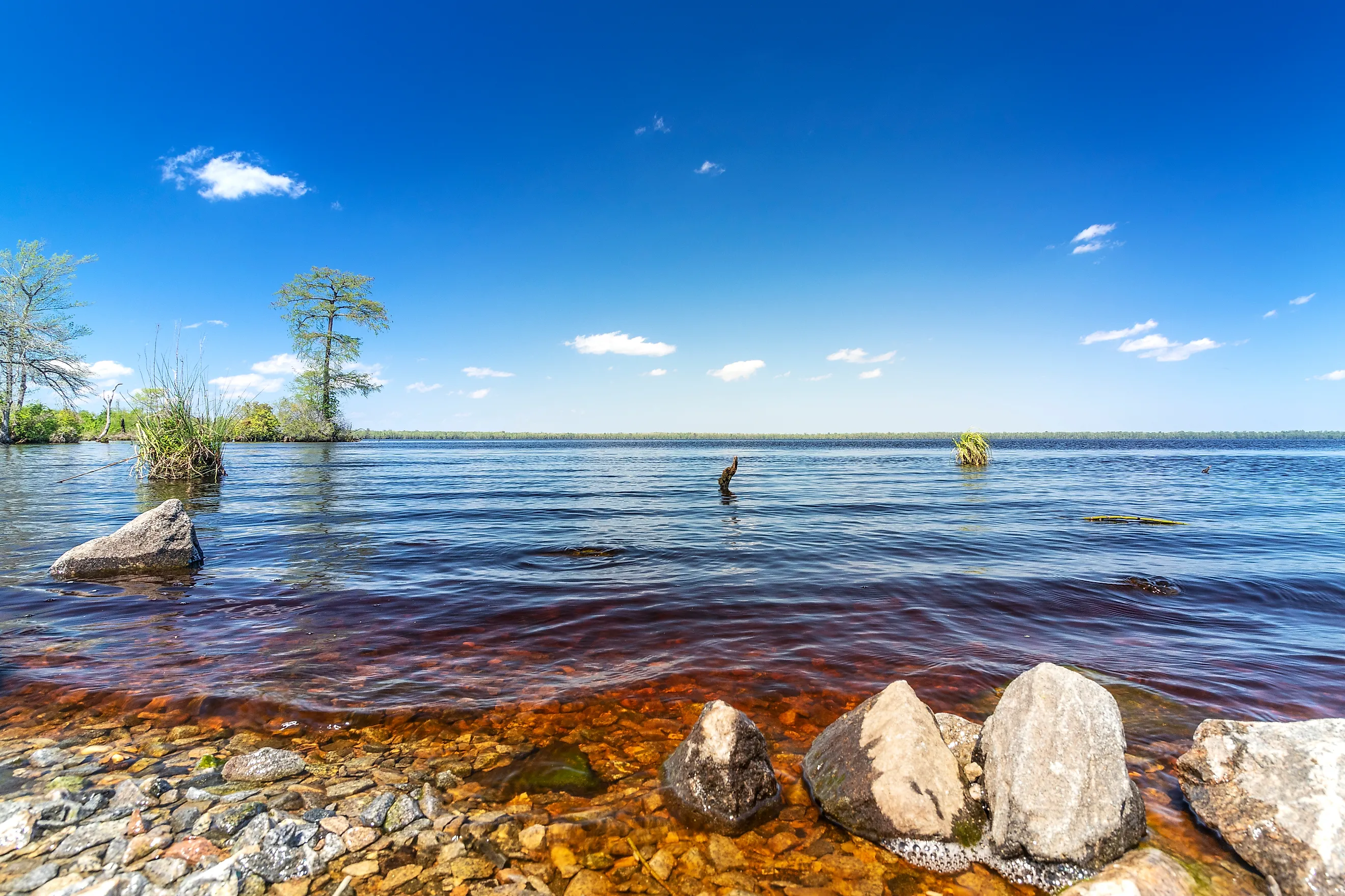
5 Most Rattlesnake-Infested Areas in Virginia
Virginia is a beautiful state, full of stunning natural places to explore, such as its rivers, coastline, and mountainous regions. Every year, thousands of people flock to the state's lakes and water reservoirs to fish, swim and boat. The state's biggest lake is Kerr Lake, which straddles Virginia's southern border with North Carolina. Virginia's lakes and waterbodies are home to an incredibly array of ecosystems. Lake Drummond for example is near the Great Dismal Swamp National Wildlife Refuge, an area with an abundance of biodiversity. According to the Virginia Department of Wildlife Resources, there are only three venomous snakes in Virginia: copperheads, timber rattlesnakes, and water moccasins (cottonmouths). All the lakes and waterbodies in Virginia have an abundance of wildlife, and rattlesnakes are no exception. Let's learn about the five most rattlesnake-infested areas in Virginia.
Lake Gaston
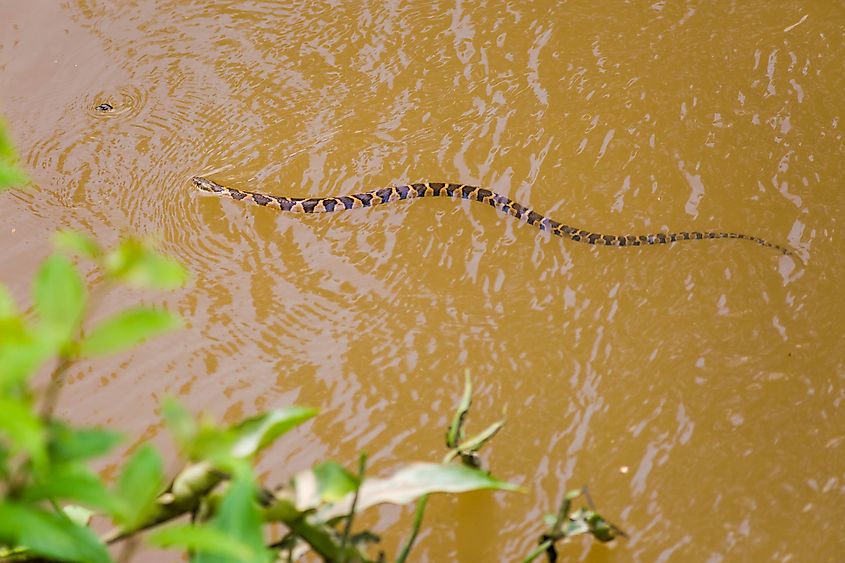
Another lake that rests on the Virginia-North Carolina border, attracting visitors to its natural beauty, is Lake Gaston. Fishing is a popular recreational activity on the lake, since there is an abundance of largemouth bass, striped bass, and catfish. Swimming, boating, and camping are also popular activities on Lake Gaston. While the lake is undeniably a beautiful location to enjoy these recreational activities, it is home to a variety of snakes. Some of the common nonvenomous snakes that visitors might encounter include the northern water snake and the eastern garter snake. Venomous snake species can also be found around the lake, including rattlesnakes, copperheads, and cottonmouths. According to the state's Department of Game and Inland Fisheries, Lake Gaston is the place where the highest number of snake bites have been reported. However, snakes don't usually attack unless provoked. Knowing this and keeping your distance, especially if guests are swimming, is important to remember. Typically the snakes at Lake Gaston live in the surrounding vegetation and marshy areas near the lake.
Smith Mountain Lake
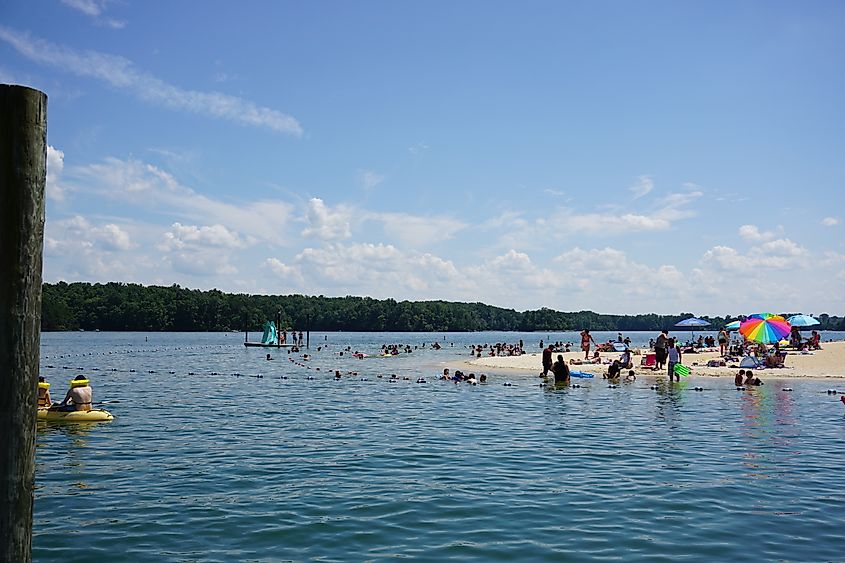
Smith Mountain Lake is Virginia's second largest body of water, spanning 20,000 acres. Located in the Blue Ridge Mountains of southwest Virginia, the area attracts thousands of visitors every year. There is lots of wildlife in the area, including a large population of northern water snakes, a nonvenomous species that's sometimes confused with the venomous cottonmouth. Often the northern water snake is seen near the lake's shoreline. On sunny days they are seen sunbathing on rocks. Other snakes that visitors might find include the ribbon snake, eastern rat snake, and the eastern hognose snake. The venomous copperhead and cottonmouth snakes are found in the area but are rarer to spot than the nonvenomous snakes at Smith Mountain Lake.
Lake Anna
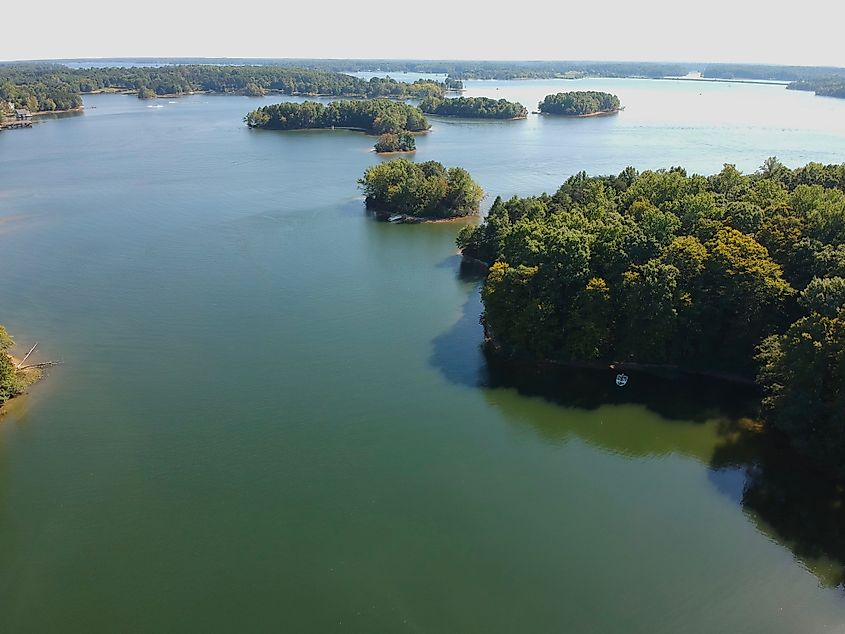
Lake Anna is a large water reservoir located in central Virginia. Not quite as big as Smith Mountain Lake, it's 13,000 acres and is another popular spot for tourists to go boating, swimming or fishing. Most of the snakes near Lake Anna are nonvenomous, which makes the lake a great spot to safely observe these creatures in their natural environment, although visitors are unlikely to encounter them. The most common snakes to find in Lake Anna include the eastern garter snake and the eastern rat snake. Both of these snakes thrive in the lake's warm water and enjoy the vegetation near the shore. The only venomous snake at Lake Anna is the copperhead. However, these snakes aren't typically found in the water. They may be found lurking on rocks or in the woods close to the shore so it's important to watch your step.
Lake Drummond
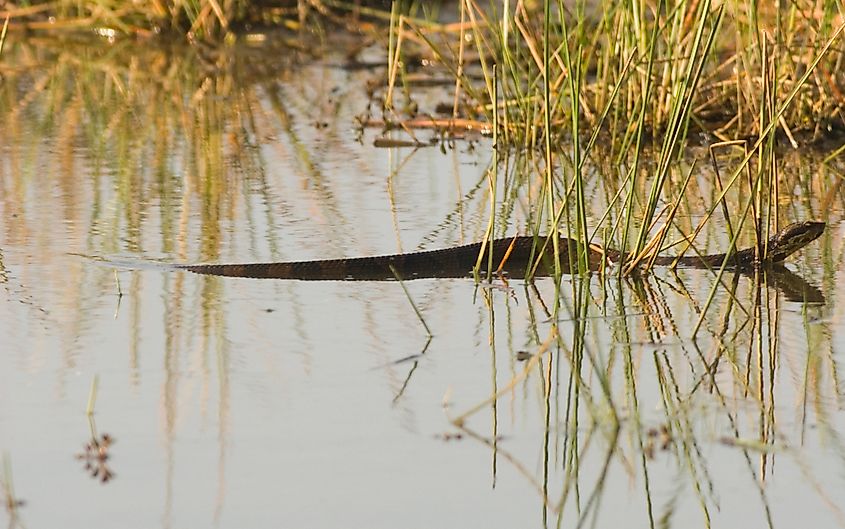
Located in the Great Dismal Swamp, it's no wonder Lake Drummond is home to an abundance of snakes. The lake — one of Virginia's two naturally occurring freshwater lakes — has a unique biodiversity and stunning landscapes that draw in visitors. Lake Drummond is a freshwater lake that covers 3,100 acres and has mysterious dark, murky waters. The Great Dismal Swamp area is home to a variety of snakes, including the northern water snake and the cottonmouth, the latter of which is a venomous snake often found near the water. Visitors should be extra cautious near marshy areas with dense vegetation.
Kerr Lake
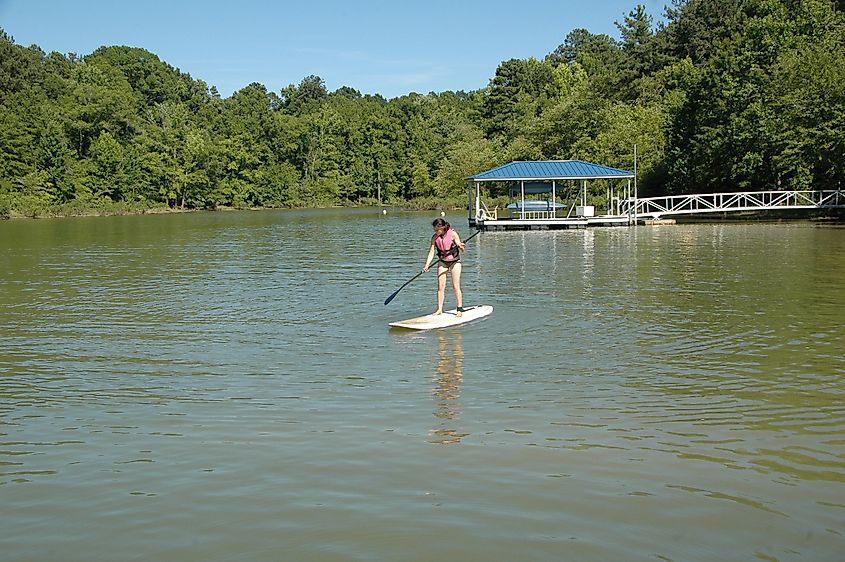
A popular fishing, swimming and boating destination, Kerr Lake sits on the border between North Carolina and Virginia. Also known as Bugg's Island Lake, Kerr Lake spans 50,000 acres, making it the largest lake in Virginia. Kerr Lake's marshes, vast shoreline and protected wooded area, make the location a sanctuary for snakes. The forests are full of prey such as rodents, making an easy food source for the snakes. There are both nonvenomous and venomous snake species in Kerr Lake. Some snakes that visitors might find near Kerr Lake include the eastern rat snake and venomous species, like the copperhead. These snakes often hide under rocks, logs or debris, so it is important to watch your step.
Snake Safety
Overall, Virginia's most rattlesnake-infested areas have a variety of different kinds of snakes. Rattlesnakes, specifically the timber rattlesnake, are typically found in mountainous areas and sections of southeastern; they're also known as canebrake rattlesnakes, and they remain an endangered species in Virginia. Near different waterbodies, visitors are more likely to find different snakes. Near Lake Anna, the eastern garter snake and the eastern rat snake are common. At Smith Mountain Lake, the ribbon snake and the eastern hognose snake are more commonly spotted. In some waterbodies, such as Lake Gaston, venomous snakes such as the copperhead and cottonmouth snakes are more commonly found. Considering that a bite from these snakes can be deadly, this makes being cautious a top priority for visitors going near these areas. To practice snake safety, it's important to learn about the snakes in the area you will be visiting. Know how to identify the venomous snakes; if you encounter one, keep your distance. Snakes rarely attack unless provoked. Always watch where you are stepping, especially in marshy areas, or where snakes could be hiding, such as under logs, rocks, leaves or in murky water. Being more aware of snakes and their behavior helps everyone stay safe.











